Hoof health: Working on the silver bullet
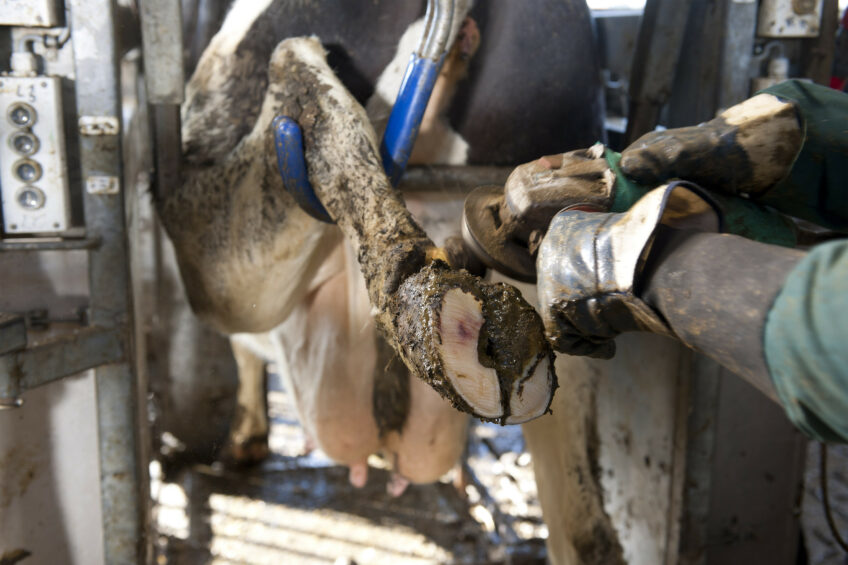
Lameness in dairy cattle is a serious problem. While the world’s top hoof health experts swear by routine foot trimming, UK and US hoof health researchers say there’s no solid scientific evidence on the efficacy of the various techniques.
Plenty of studies show how milk yield is lost due to hoof lesions and lameness. In France, for instance, researchers found that lame cows lost 440kg on average in early lactation, and 270kg for mid- to late-lactation lameness.
- Finland researchers saw a 1.5 – 2.8 kg/day loss in the 2 weeks following diagnosis.
- US producers saw, on average, a 1.5 kg/day loss in the 2 weeks following diagnosis, and
- UK studies revealed an up to 2 kg/day loss in the five months before and after diagnosis.
Hoof health experts believe the solution to curbing the losses is to address foot health before it happens through routine hoof trimming. There are even training institutes, like Dairyland Hoof Care Institute in Wisconsin, that offer advanced courses on hoof trimming. The problem is that while the experts operate on knowledge, experience and skill, there’s no scientific data to show that hoof trimming, including timing, frequency and technique, is all it’s cracked up to be.
Also read: Artificial intelligence for better lameness control – Researchers at Osaka University in Japan have developed an early detection method for cow lameness.
Don’t know the best treatment
Jonathan Huxley, professor of cattle health and production at the University of Nottingham in the UK, first became interested in hoof health research 10 years ago when he was asked to conduct a review of the scientific literature on the treatment of claw disease. “When you really go back through all the research literature there’s basically nothing published on best treatments for claw disease,” he said. “So that means that everything we are currently doing is effectively based on expert opinion and received wisdom. Of course, that doesn’t mean to say it’s wrong,” he clarified. “But what it does mean is that we don’t know what the best treatments are.”
Huxley and his team conducted some of the very first studies on the treatment of claw disease. Later, they started advocating from the position that the same was true for trimming as well. “The timing, type and frequency of trimming has never been, or rarely been, tested experimentally,” he said. “There are probably 2 papers in scientific literature that sort of imply that some trimming is probably a positive thing, but very little beyond that.” Huxley and his team are working in close contact with a team from the University of Minnesota in the US, led by associate professor of Dairy Production Medicine Gerard Cramer, and assisted by PhD candidate Grant Stoddard. For his thesis Stoddard focused on hoof trimming.
“Here’s the thing about hoof trimming: There’s really not that much about it that’s known,” he said in a recent interview. “I mean, my entire literature review for my thesis only consisted of 13 papers and most of them were pretty underpowered and biased in ways.” In most of the papers, said Stoddard, the researchers didn’t even disclose what trimming technique they used. “I think that could potentially have a large effect on the outcome,” he said. “There are so many pathways to milk loss and we don’t really know too much about the exact details of how they’re caused.”
Huxley agrees, pointing to the different management systems, like housing with concrete floors versus cows raised primarily on pasture, that could lead to the need for different trimming techniques.
Also read: How to effectively control lameness in dairy cattle – Awareness of the impact of lameness on dairy cow welfare and economics has grown massively in the last 30 years. Our understanding of the causes and risk factors have also improved.
Evaluating current practices
Even hoof trimmers don’t agree on technique, said Huxley, pointing to a recent falling out in the UK trimming community. The cause of the clash, he said, was technique. Historically, the UK has advocated and followed the 5-step Dutch trimming method originally developed by Toussaint Raven. Raven’s technique was recently pitted against the method discussed by Karl Burgi and the group from the Dairyland Hoof Care Institute in Wisconsin. “But they’re both advocating techniques that have never been tested experimentally,” said Huxley. “So it’s sort of just comes down to a battle of wills, which isn’t particularly helpful for producers.”
To help producers make science-minded decisions, the UK- and US-based teams have joined forces to work out which techniques deliver the best return-on-investment and the most benefits on-farm.
In the UK, research began by evaluating current practices to determine future research areas. The survey showed that 80% of UK herds are routinely trimmed. Of those, 47% is conducted by a professional trimmer. However, 31% of the time, farm staff, some of who are very likely untrained, do the trimming, said Huxley. “We talk as if all trimmers are very good at what they do,” he said. “But there are definitely some who are probably doing more harm than good.”
Finding the right trimmer
So how does one know if their trimmer is doing a good job? “That’s a loaded question,” said Cramer. “I tell farmers since there is little science to say how to trim feet, they need to judge trimmers by these 2 standards:
- Do lame cows get better?
- Do non-lame cows stay non-lame after trimming?”
“If the answer is no to either question, there is a problem and we know enough to recommend methods that accomplish both reliably,” he continued. In terms of what to look for in their trimmer, Cramer suggests that producers look for someone who is open to working with the farm to develop a programme that suits the farm. This, he said, includes having the ability to accurately record lesions, and to trim cows in a safe, efficient and calm manner. The equipment they use should be clean. “It’s also important that their trimmer attends continuing education meetings and has done some formal training on hoof trimming,” he concluded. As for which technique is best, Raven’s or Burgi’s, the jury is still out. Look for more science-based research coming out of the University of Minnesota and the University of Nottingham in the coming years. “I think the answer probably lies in the middle ground,” concluded Huxley. “The answer lies when research and practice find a sweet spot where they can all agree.”
Join 13,000+ subscribers
Subscribe to our newsletter to stay updated about all the need-to-know content in the dairy sector, two times a week.
 Beheer
Beheer


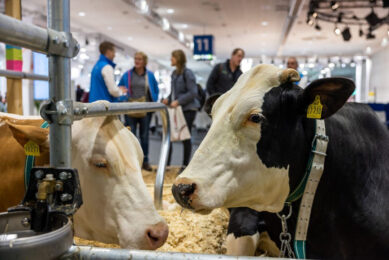
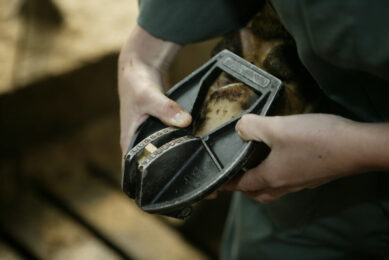
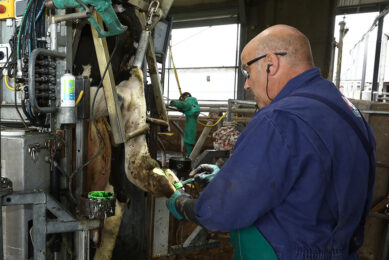
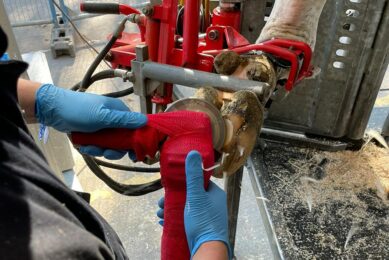
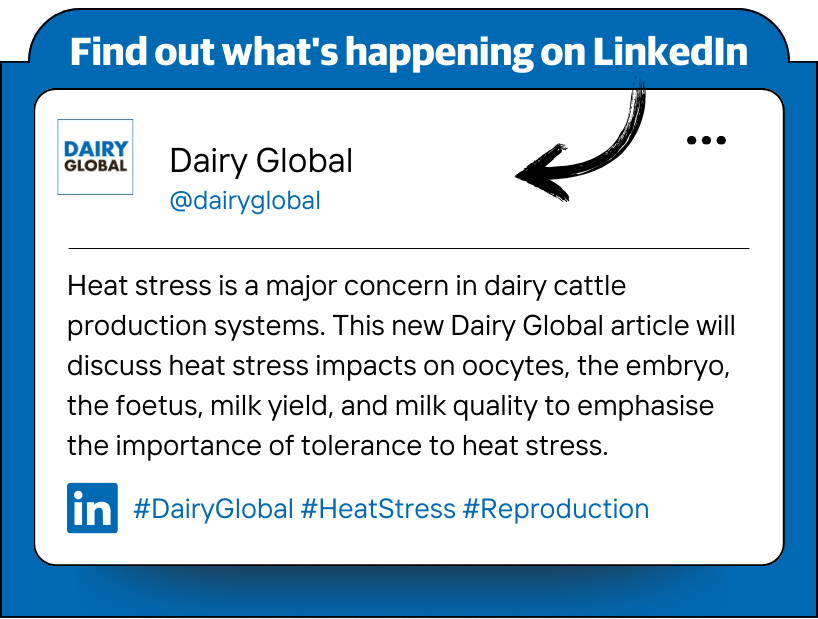



 WP Admin
WP Admin  Bewerk bericht
Bewerk bericht